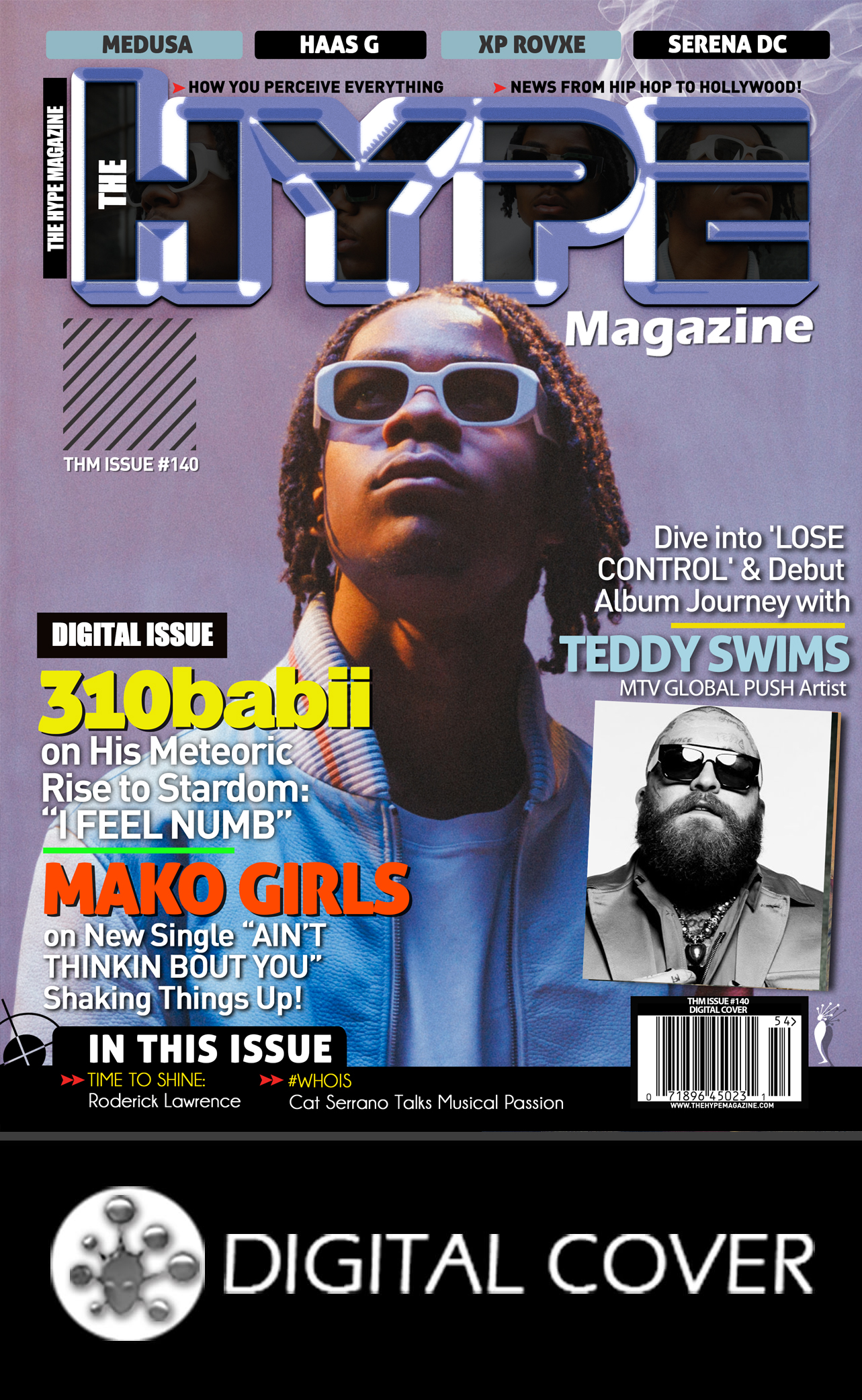Navigating the Future: 5 Educational Developments Transforming Student Lives
Education has long been the cornerstone of progress, but as with all aspects of our rapidly advancing world, it must evolve to address the needs of the ever-changing landscape of the 21st century. Our children and students of today face challenges and opportunities vastly different from those of past generations. The future, after all, belongs to those prepared for its myriad intricacies. An effective educational system is one that doesn’t just react but anticipates, evolving in tandem with technological, socio-economic, and global changes.
Diving into this evolution, we find that several developments stand out in their potential to transform student lives. These innovations, while diverse in their application and impact, all point to a future of learning that’s more personalized, flexible, and closely tied to real-world applications than ever before.
For those who grew up in a world where information was sourced primarily from textbooks or library archives, these changes can seem staggering. Even the way students approach assignments has changed. No longer limited to traditional methods, it’s now possible for a student to use a paper writing service to buy a research paper online, participate in virtual simulations, or tap into global networks for collaboration—all from the comfort of their home.
Education has long been the cornerstone of progress, but as with all aspects of our rapidly advancing world, it must evolve to address the needs of the ever-changing landscape of the 21st century. Our children and students of today face challenges and opportunities vastly different from those of past generations. The future, after all, belongs to those prepared for its myriad intricacies. An effective education system is one that doesn’t just react but anticipates, evolving in tandem with technological, socio-economic, and global changes.
Diving into this evolution, we find that several developments stand out in their potential to transform student lives. These innovations, while diverse in their application and impact, all point to a future of learning that’s more personalized, flexible, and closely tied to real-world applications than ever before.
For those who grew up in a world where information was sourced primarily from textbooks or library archives, these changes can seem staggering. Even the way students approach assignments has changed. No longer limited to traditional methods, it’s now possible for a student to use a paper writing service to buy a research paper online, participate in virtual simulations, or tap into global networks for collaboration—all from the comfort of their home.
Artificial Intelligence in Education
The mention of AI often conjures images of sci-fi movies, robots, and complex algorithms. However, its integration into the realm of education has proven to be a game-changer. One of the primary advantages AI brings to the table is its ability to facilitate personalized learning and tutoring. Each student is unique, possessing different strengths, weaknesses, and learning paces. With AI-driven platforms, lessons can be tailored to suit the individual needs of every student, ensuring that they grasp concepts at their own pace and in their own style. This individualized approach not only boosts comprehension but also fosters a deeper love for learning.
Furthermore, the role of AI doesn’t stop at curriculum delivery. Virtual assistants, powered by advanced algorithms, are now becoming a staple in many students’ lives. These assistants help manage time, keep track of assignments, set reminders, and even answer basic queries. Think of them as the modern-day evolution of the study planner but with an intelligent twist. By providing students with these organizational tools, AI ensures that learning becomes a seamless and stress-free experience.
Remote, Online, and Hybrid Learning
The past few years have witnessed a seismic shift in the modus operandi of education. Gone are the days when brick-and-mortar classrooms were the only venues for academic discourse. Today, remote, online, and hybrid learning models are taking center stage, a transition accelerated by global events and the ubiquity of digital technology.
This evolution comes with a plethora of benefits. For starters, it democratizes access to education. With an internet connection, students from any corner of the globe can tap into world-class educational resources. This flexibility also caters to different learning styles and paces, allowing students to consume content at a rate they’re comfortable with.
Several platforms have emerged as leaders in this revolution. Coursera, Udemy, and EdX, to name a few, offer courses on a staggering array of topics, ranging from quantum physics to graphic design. They collaborate with prestigious universities and institutions, ensuring that remote learning doesn’t compromise on quality. Through these platforms, education is not just about degrees anymore; it’s about lifelong learning and skill acquisition, accessible to anyone, anytime.
Vocational and Technical Courses in High Schools
Traditionally, high schools have been focused on a broad academic curriculum, laying the foundation for further studies in colleges or universities. However, as the global economy evolves and the demand for specialized skills grows, there’s been a discernible shift towards integrating vocational and technical courses within high school curricula.
This shift aims to bridge the skills gap observed in many industries. Not every student might be inclined towards a four-year degree, but that shouldn’t limit their access to skill development and job opportunities. By introducing vocational courses, high schools are equipping students with tangible skills—be it in areas like automotive repair, digital marketing, or culinary arts—that directly translate to job opportunities post-graduation.
Case studies highlight the success of this approach. For instance, in certain European nations, a dual system of education has thrived, where students split their time between traditional classrooms and apprenticeships or internships in industries relevant to their studies. These programs have led to lower youth unemployment rates and have created a workforce that’s agile and ready to meet industry demands. Similarly, in various parts of the world, partnerships between high schools and local businesses have been fostered, ensuring that the curriculum stays relevant to the evolving job market and that students graduate with both academic knowledge and practical expertise.
Virtual and Augmented Reality in Learning
VR and AR have transcended the boundaries of gaming and entertainment to cement their place in the world of education. They offer a level of immersion that traditional teaching tools simply cannot replicate. By placing students in a controlled yet realistic environment, these technologies allow for experiential learning that deepens comprehension and retention.
One of the most notable applications of VR and AR is in healthcare training. Medical students, traditionally reliant on cadavers or willing patients to practice procedures, can now turn to VR simulations. These simulations allow them to perform surgeries, diagnose diseases, and understand human anatomy in a risk-free environment. It’s the closest one can get to real-life practice without the associated consequences. Furthermore, AR applications can overlay valuable information on physical models, making complex concepts easier to grasp. For instance, an AR app could display the nervous system on a mannequin, allowing students to interact with and understand its intricacies.
Final Thoughts
As we reflect on the aforementioned developments in the education sector, it’s evident that the traditional classroom has been redefined. From personalized AI tutors to the allure of virtual classrooms, the landscape of learning is more dynamic than ever. It’s fascinating to consider that a student could attend a VR surgery class in the morning, work on a project on Coursera in the afternoon, and then seek assistance from the best essay writing service in the evening to polish their assignment.
The future of education, as delineated by these trends, paints a picture of inclusivity, personalization, and real-world relevance. It signals a shift from rote memorization to experiential learning, from generalized teaching to customized instruction. And while these developments are transformative, they’re but a glimpse into the limitless potential the future holds. As educators, students, and stakeholders, it’s upon us to embrace these changes, continually adapt, and ensure that learning remains a joyous journey of discovery.
Tweet



































